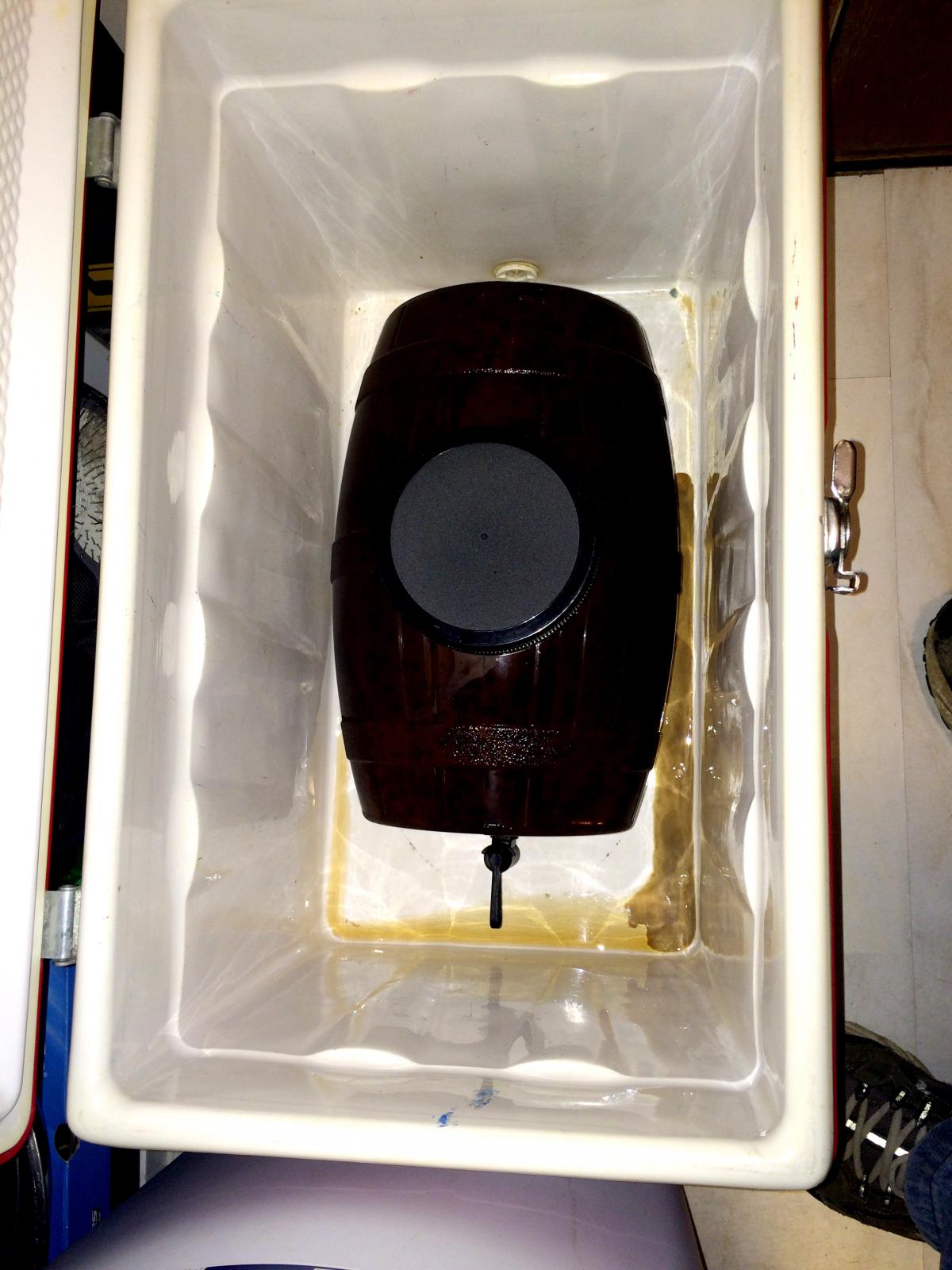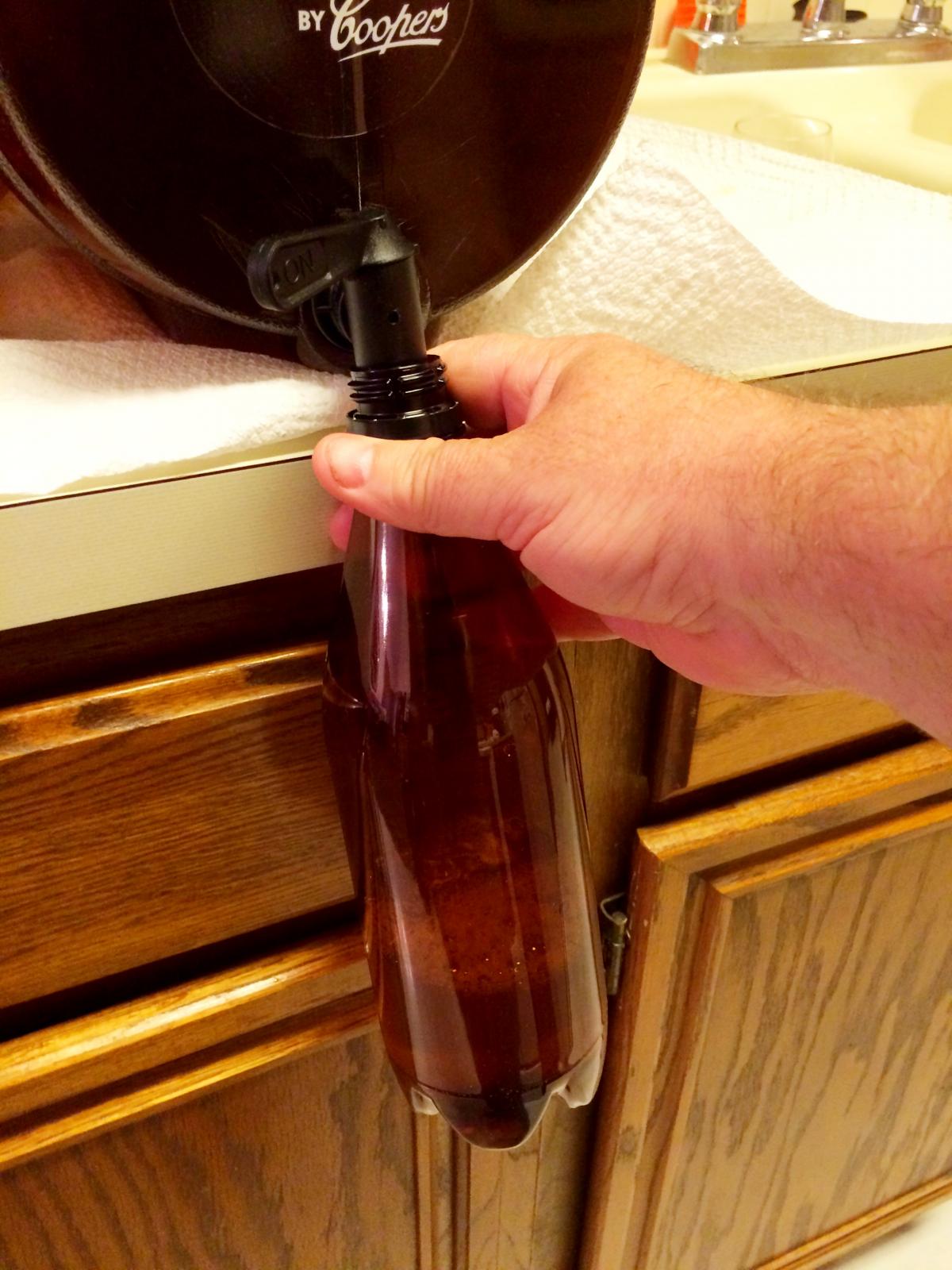I am wanting to brew Briess Turtle on a Log;
http://www.brewingwithbriess.com/Recipes/beer/display/turtle-on-a-log
(
2.5 gal instead of 5 gal.)
But I'm not sure how long to ferment it for. The recipe uses Wyeast 1056 Ale Yeast, (Temperature Range 60-72 F. My local home brew only had Fermentis Safale US-05 (Temperature Range 53.6-77F [ideally 59.7-71.6 F]) . The Briess recipe says to cool to 55-60 F and transfer to primary fermenter, top off with cold water, Oxygenate and pitch yeast and basically stops there

It's a dark ale, I think I'm going to ferment at about 60 F, the Yeast producer (Fermentis) recommends 59.7-71.6 F.
Any thoughts on how long to ferment?
Secondary fermentation, if so how long?
I tried emailing Briess about a couple of their recipes but only got a reply on one, after a couple of weeks.





























![Craft A Brew - Safale BE-256 Yeast - Fermentis - Belgian Ale Dry Yeast - For Belgian & Strong Ales - Ingredients for Home Brewing - Beer Making Supplies - [3 Pack]](https://m.media-amazon.com/images/I/51bcKEwQmWL._SL500_.jpg)


































